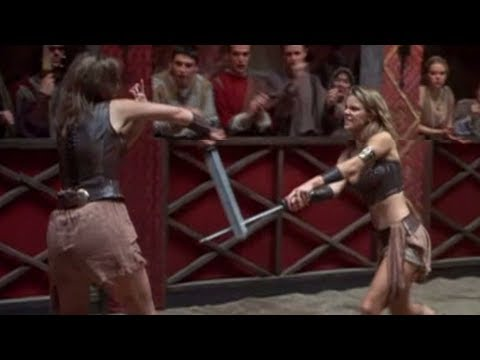Refer to the blog “Writing a book – how Agile can it be”. In that project context, Salma Sultana, an artist in Bangalore was hired to draw the illustrations for the book working with the developer (author) and the Product Owner all in Bangalore. Salma came with strong references on her previous work and showed stuff that she had done earlier for a website – good ones. In this project, Salma was to read the book, take inputs on depicting the various characters and scenarios in the book to develop the illustrations. The illustrations had to be incorporated in the book production process managed by the publisher located in Chennai with their own creative team headed by Jennifer Nelson (Jenny).
The author (a sort of self-managing team member) expected that the two artists would engage in healthy conflicts and great illustrations would emerge as a result. However, the reality was that there were frequent clashes between the two artists and the author was dragged in to adjudicate every minor aspect. Salma told the author that Jenny did not understand the book as she should have, coming up with bizarre ideas and getting picky about Salma’s work. Jenny on her part told the author that she was much more experienced than Salma in book illustrations but she (Salma) was very opinionated and did not listen to her ideas with an open mind. Much time was being frittered away in unproductive discussions and back & forth. Neither party seemed to keep in mind the time-to-launch objective for the book.
The frustrated author not wanting these distractions wanted the PO to step in and manage the situation.
If you were the PO, would you sign up for this? If not, why not? If yes, what would you do to alleviate?
Suggested Solution:
Regarding the first question – whether if you were the PO, you would sign up for resolving the conflict between the two warring artists – Salma and Jenny. The classic Agile answer is NO – that is not the PO’s job. However, I do not think that can be the only answer. There may be sound reasons for the author to ask for the PO’s help. Maybe the PO is a much-respected artist himself and may be in a better position to talk sense to the two ladies. Or the PO may have a prior personal connect with one or both of the artists. So, I do not believe the PO should refuse help as a matter of principle. That’s just my view.
Having agreed to step in, the PO needs to ensure that the two artists understand the impact of their perpetual and unhealthy conflicts – impact on the author’s time and on the book’s progress. Maybe they just do not look at the situation from that perspective at all. Their individual work may have become the be-all and end-all for them. The PO could perhaps share with them the overall “release plan”, goals and the current RED status. Along with that, he needs to make clear the author’s expectation for “healthy” conflicts. Hopefully, this will bring in better alignment to overall goals.
The PO should also look at the causes for the conflict. Salma and Jenny each feel that they individually are the ones to make the final call on the illustrations – justified by their own specialized knowledge, understanding of the book contents and prior experience. In traditional project management terms, the RACI concept (Responsible-Accountable-Consult-Inform) is perhaps not clear to them. Is Salma the final “Responsible” person or is it Jenny? What are the situations where “Consult” is necessary and situations where “Inform” will do? The PO and the author can resolve such questions in consultation with the ladies. It should preferably a RACI scheme that the ladies themselves develop with guidance from the PO and the author. This session can be held only when things have cooled down a bit and the two ladies are willing to sit and talk adult to adult!
In addition to the above, the two ladies should be encouraged to come up with their own “rules” or norms for working together. Like for example, a common set of do’s and don’ts – such as proactive communication, no personal attacks, mutual respect etc. The PO can facilitate a session for evolving these rules and norms.
Finally, the PO should make sure that the situation is improving – say, by looking at the number of issues which get “escalated” to the author or to himself. At the same time, it should not result in absence of all conflict – with one party meekly submitting to the other to the detriment of the quality of the illustrations. The PO can get a sense of that by dropping in on their meetings and also, looking at the quality of deliverables and behavior in the “sprint reviews”. For instance, do both ladies participate well, jointly present / explain their work, agree together on actions for changes etc. Periodic face-to-face interactions between Salma and Jenny would also help although co-location is an unlikely option.
It is critical that the PO consciously withdraws himself as progress is made. Otherwise the situation would persist, the only change being the PO being the new arbitrator instead of the author!

